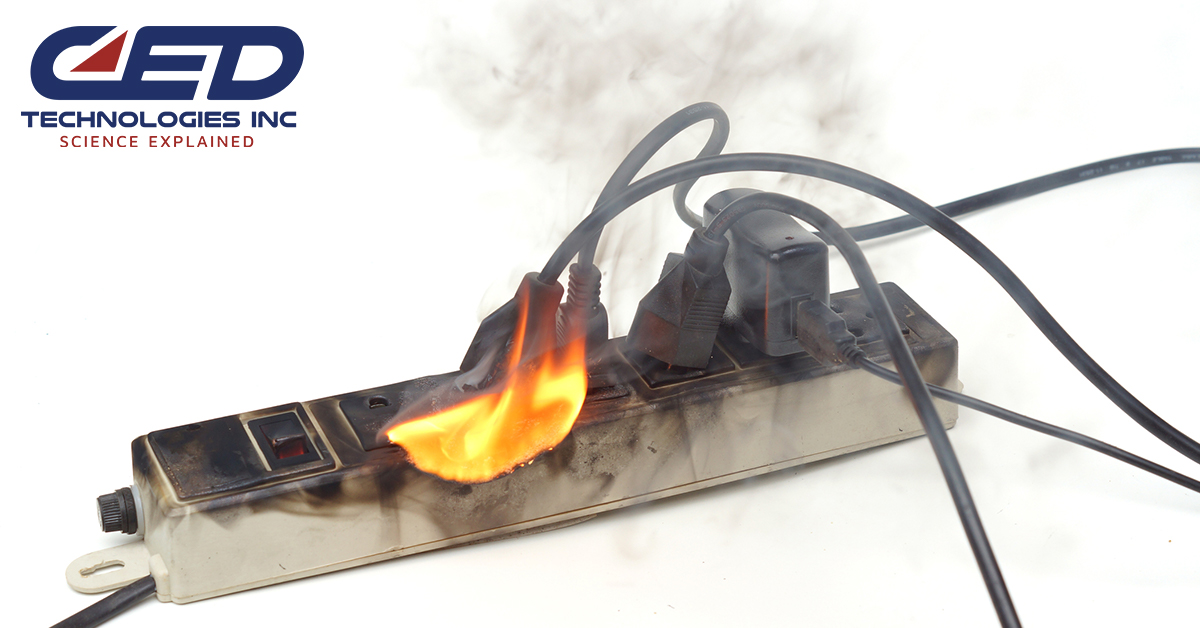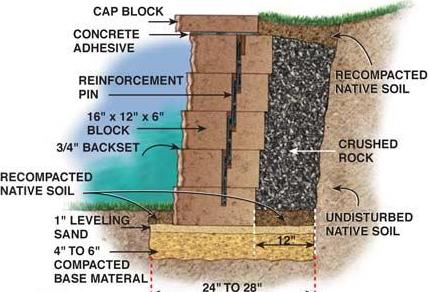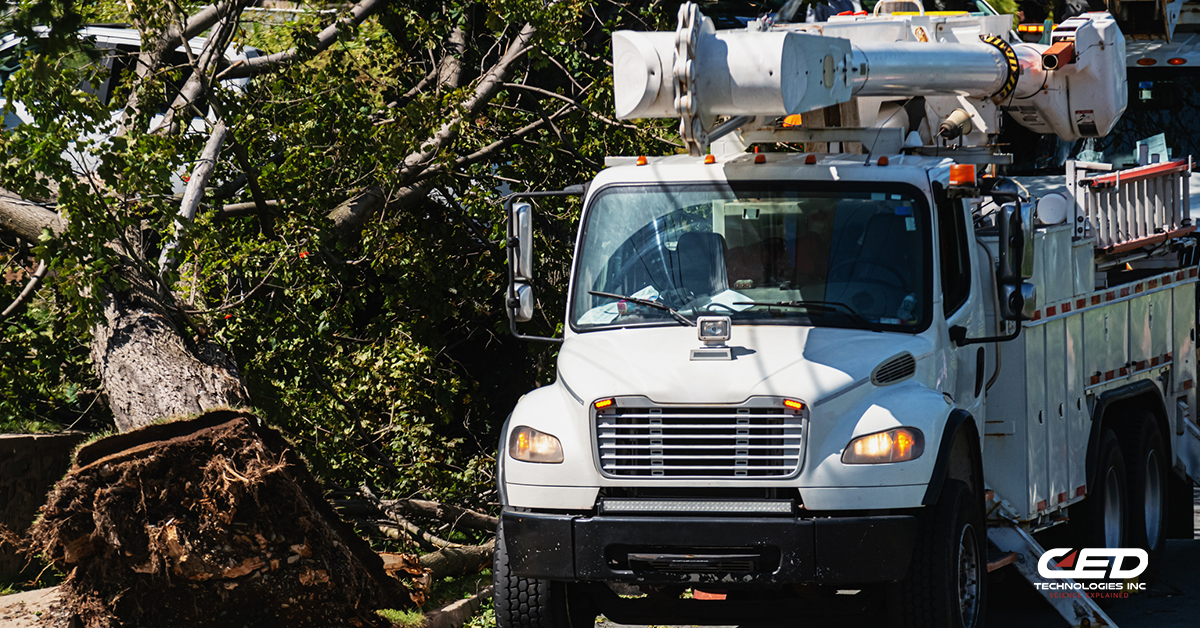Our homes hum with different vibrations. There is the hum of our daily lives from room to room, and behind our walls, there is the imperceptible hum of electricity. When wall outlets are full, or a room does not have an outlet in a convenient spot, we reach for a simple solution– a power strip. The spaces on a power strip can be easily and quickly filled by cell phones, video consoles, fans, and lamps.
According to Electrical Safety Foundation International, electrical malfunctions cause more than 50,000 house fires each year. Approximately 4,600 home fires start because of extension cord and power strip overuse each year. These fires account for 70 deaths and 230 injuries, and most of these fires are preventable.
It is important to understand the difference between a power strip and a surge protector device (SPD). Most people go to the hardware store believing they are the same thing.
- Power strips only add extra outlet space.
- Surge protector devices create extra outlet space with the added benefit of protecting your electronics from a power surge or spike. The rating of a surge protector device includes:
- Joules of energy – the more joules the better – this means the protector can handle one large surge, or multiple smaller surges, before electronics are in danger.
- Maximum voltage it can take from a sudden power surge.
Power surges can happen in several ways: A lightning strike occurs, the power utility company switches grids, or an appliance motor turns on. The National Electrical Manufacturers Association (NEMA) estimates that 60% to 80% of power surges are created when large appliances like air conditioners cycle off and on. Surge protectors can prevent damage to electrically sensitive items, such as a laptop or desktop computer. With a home entertainment system, you can have peace of mind by having one surge protector for your television, gaming console, and stereo.
While surge protectors are effective and cost-efficient, they are not designed to handle every electric or electronic device in the house. Here are a few ways to monitor and safely use your surge protector:
- Plug large appliances directly into wall outlets.
- Surge protector and power strips can only handle small appliances.
- Neither are equipped to handle the power or frequent on-off cycles of refrigerators, freezers, washing machines, dryers, or portable air conditioners.
- Slow cookers, air fryers, and toasters draw more power than one might expect and can easily overheat and cause a fire.
- If your power strip or surge protector feels hot to the touch, this is a sign that too many devices are plugged in and something should be removed from the strip.
- Watch for any burn marks or melted plastic on any of the components, and never put the cord for the strips under a rug or carpeting.
Our engineers are experienced in investigating electrical fires, which can often be attributed to overloaded outlets. Take the steps necessary to keep your electronics humming and your home safe. While power surges are unavoidable, loss is not.
Click Here To See Our Full List of Experts Click Here To Submit an Inquiry about a possible Claim or Case.






